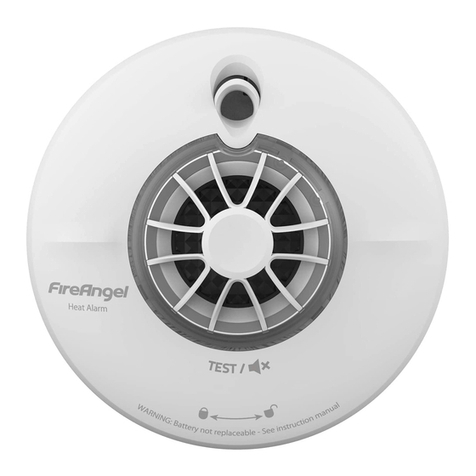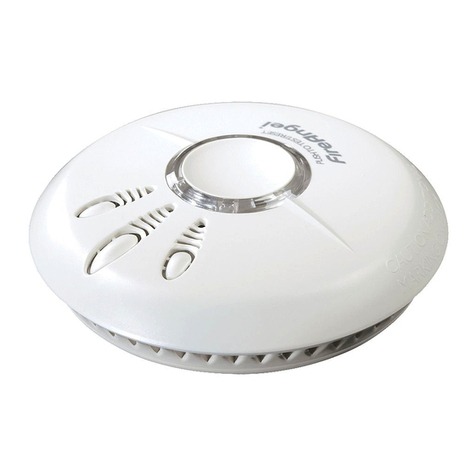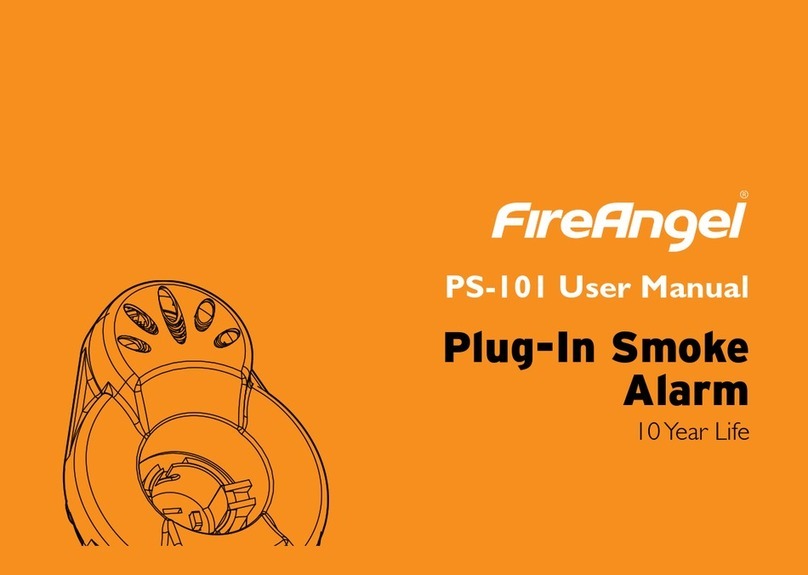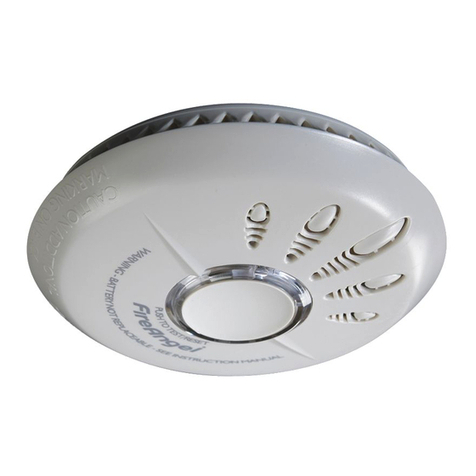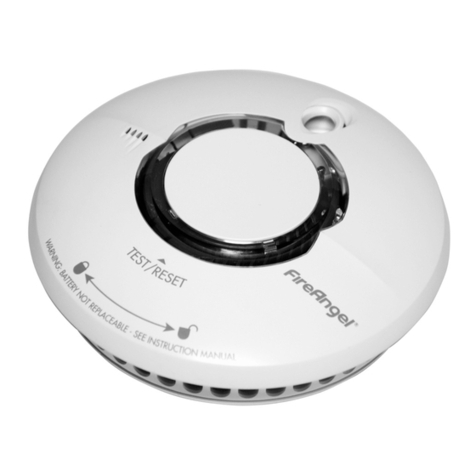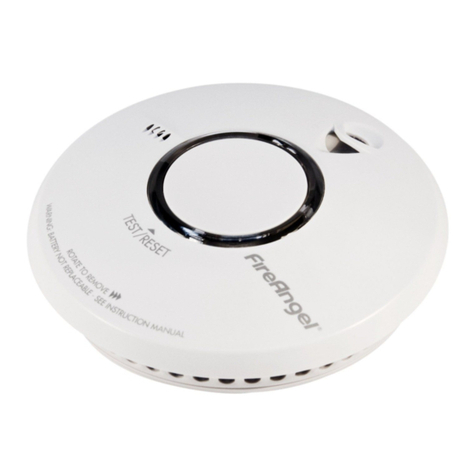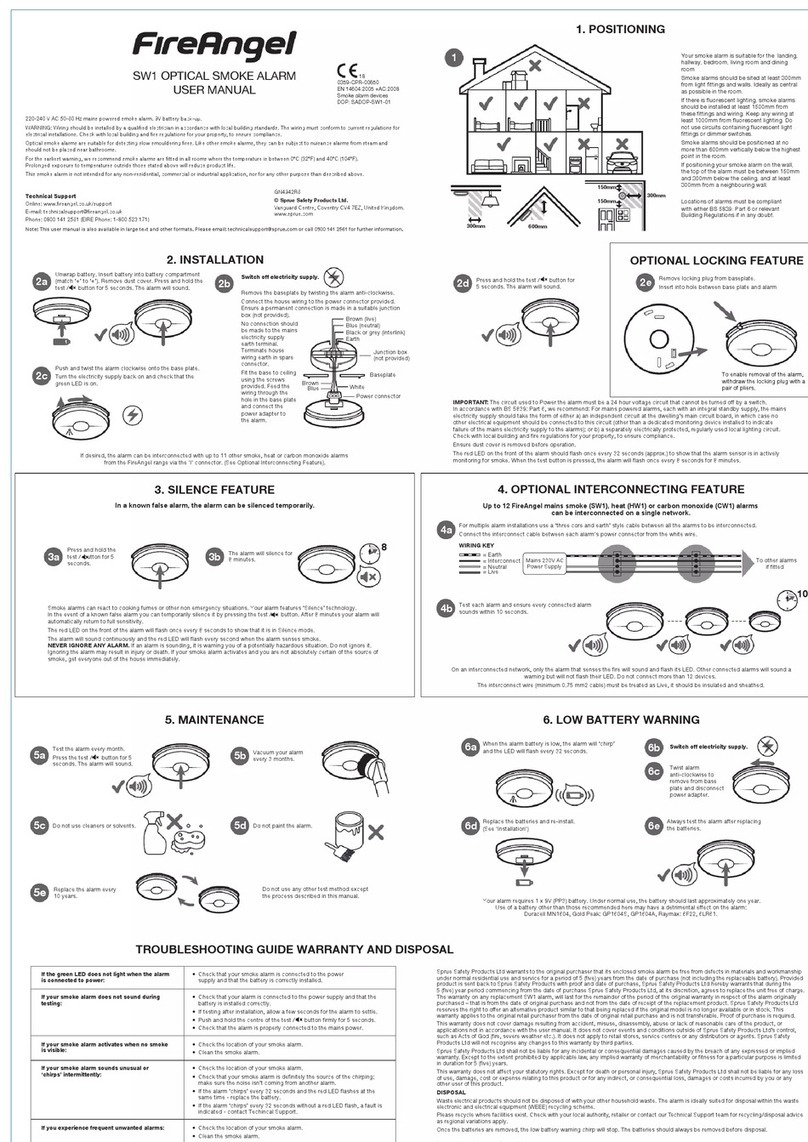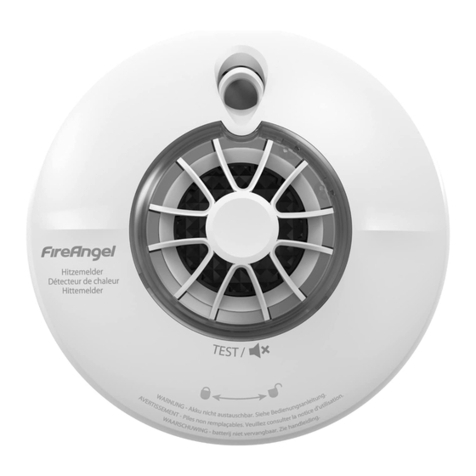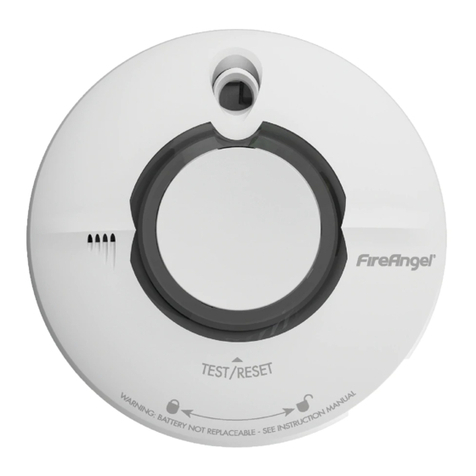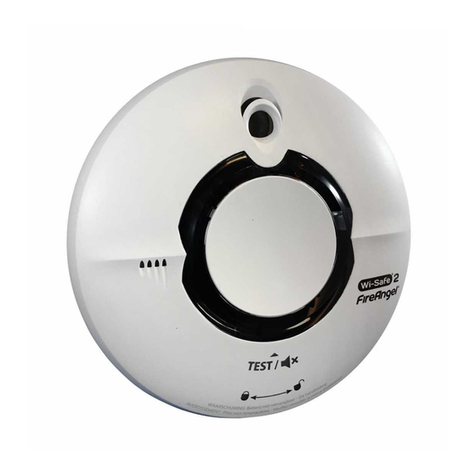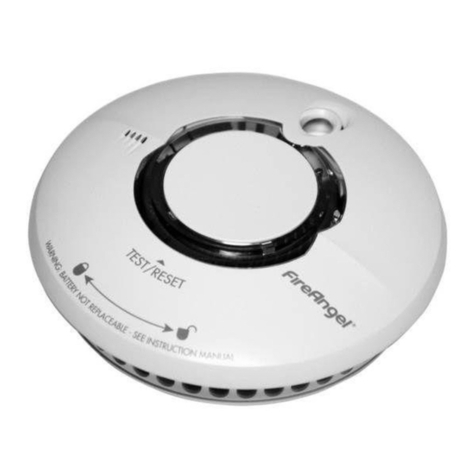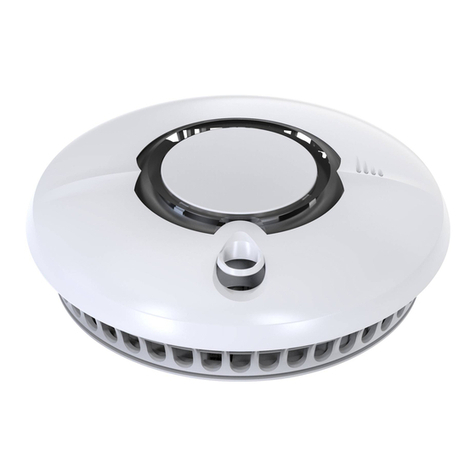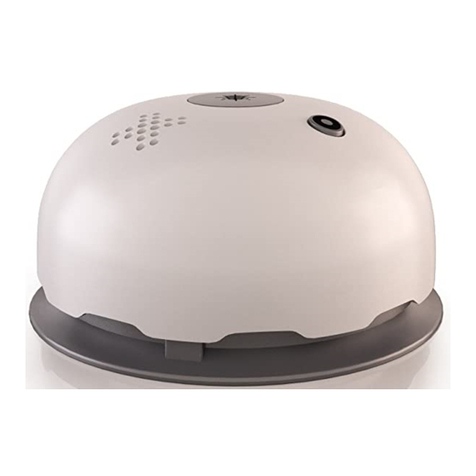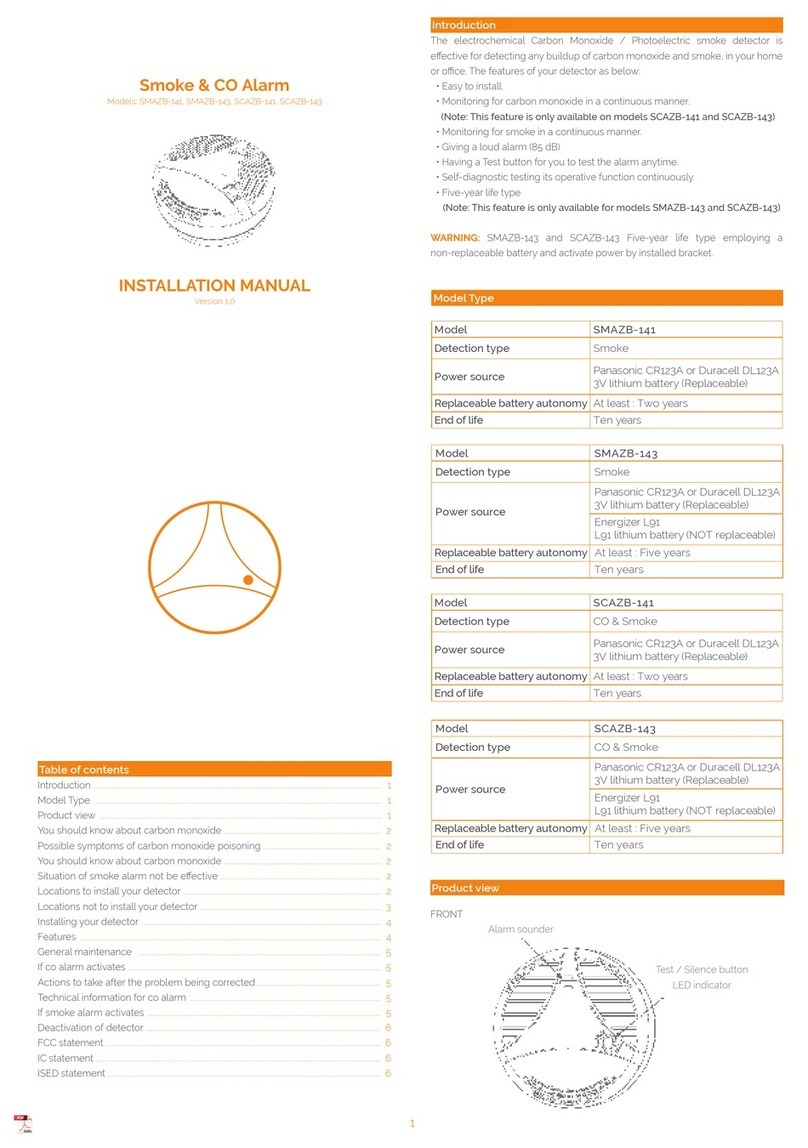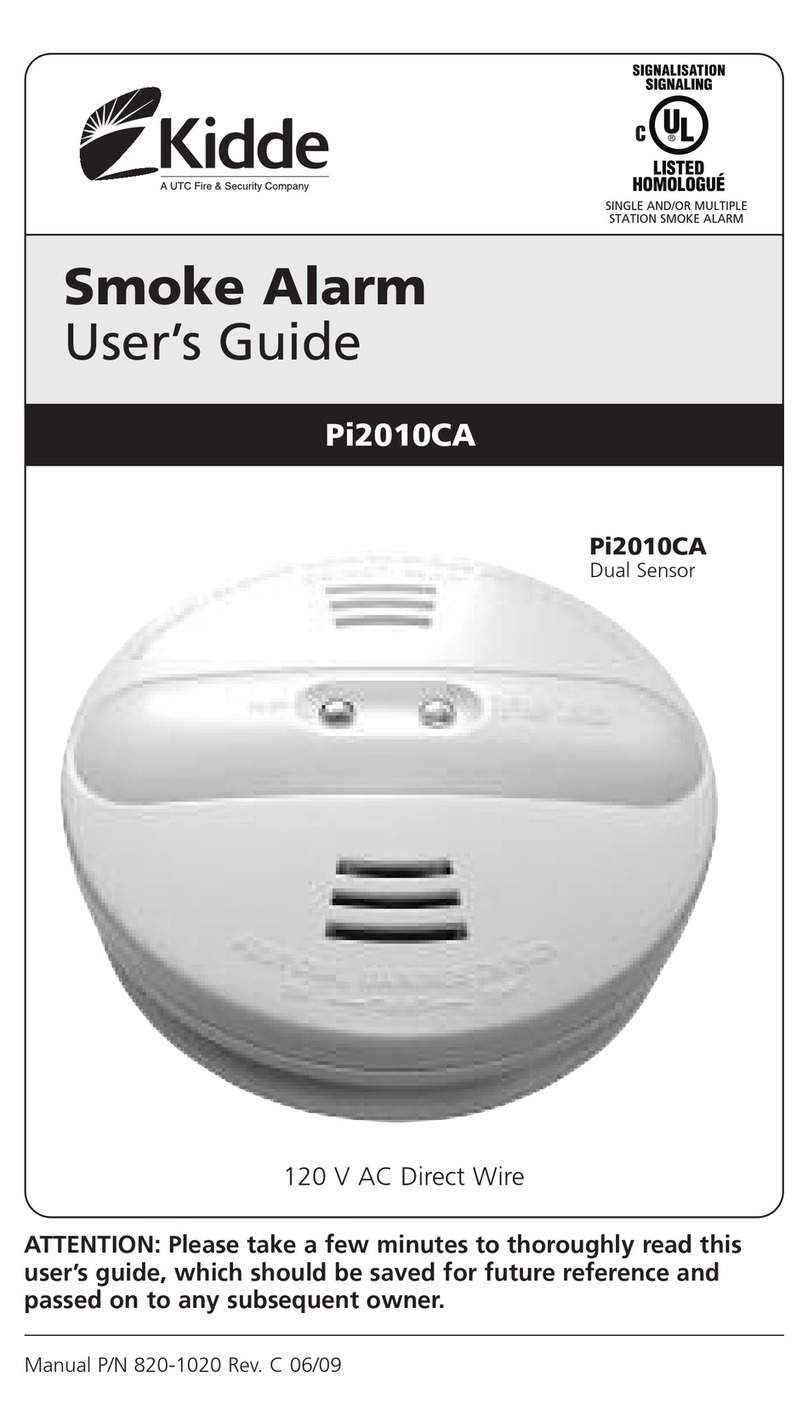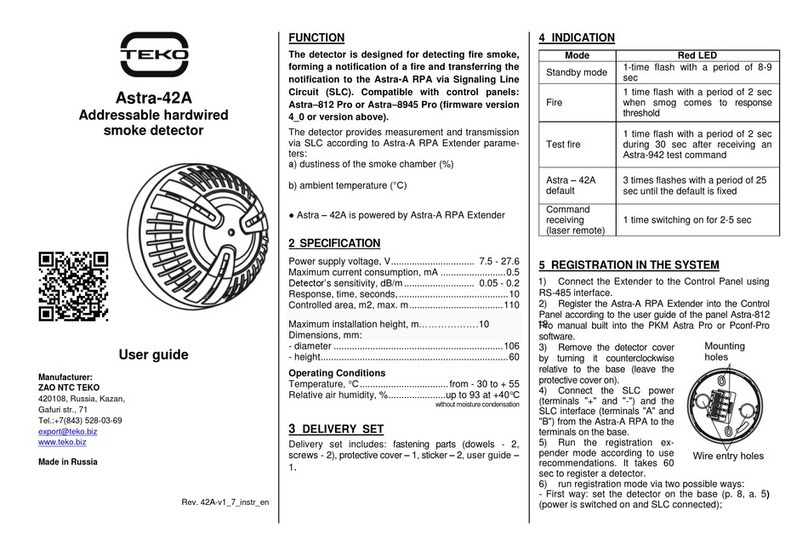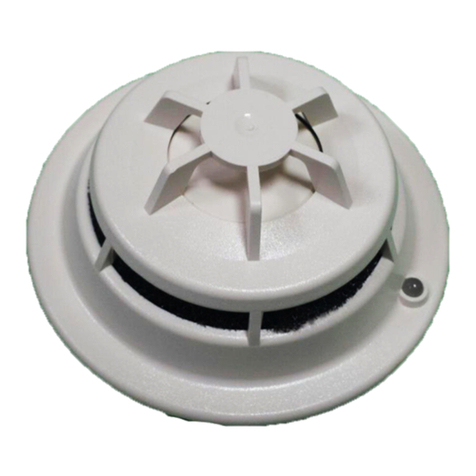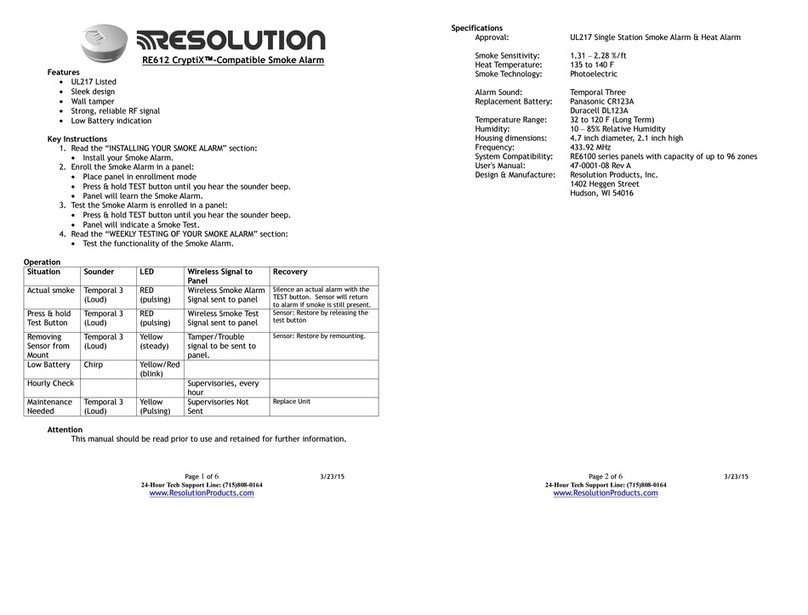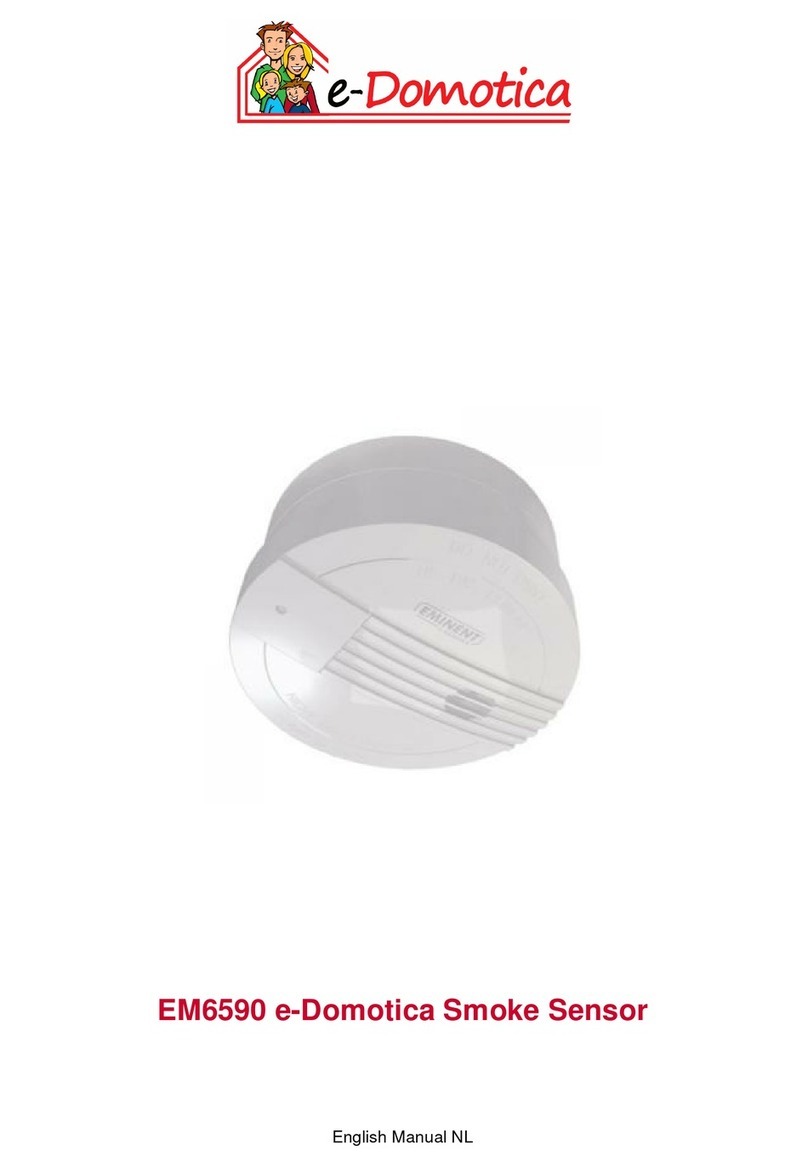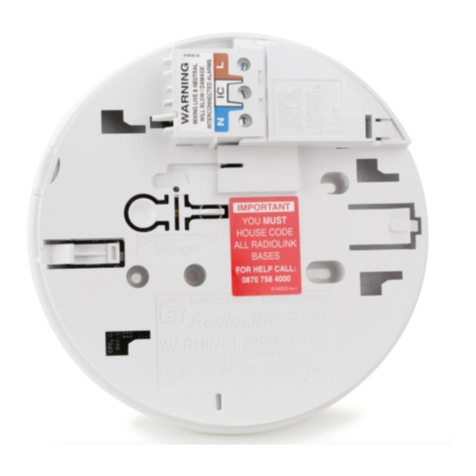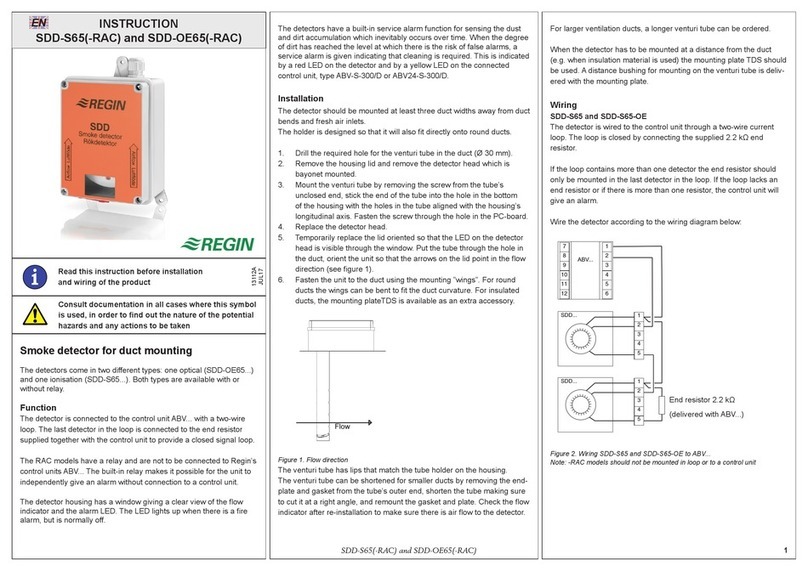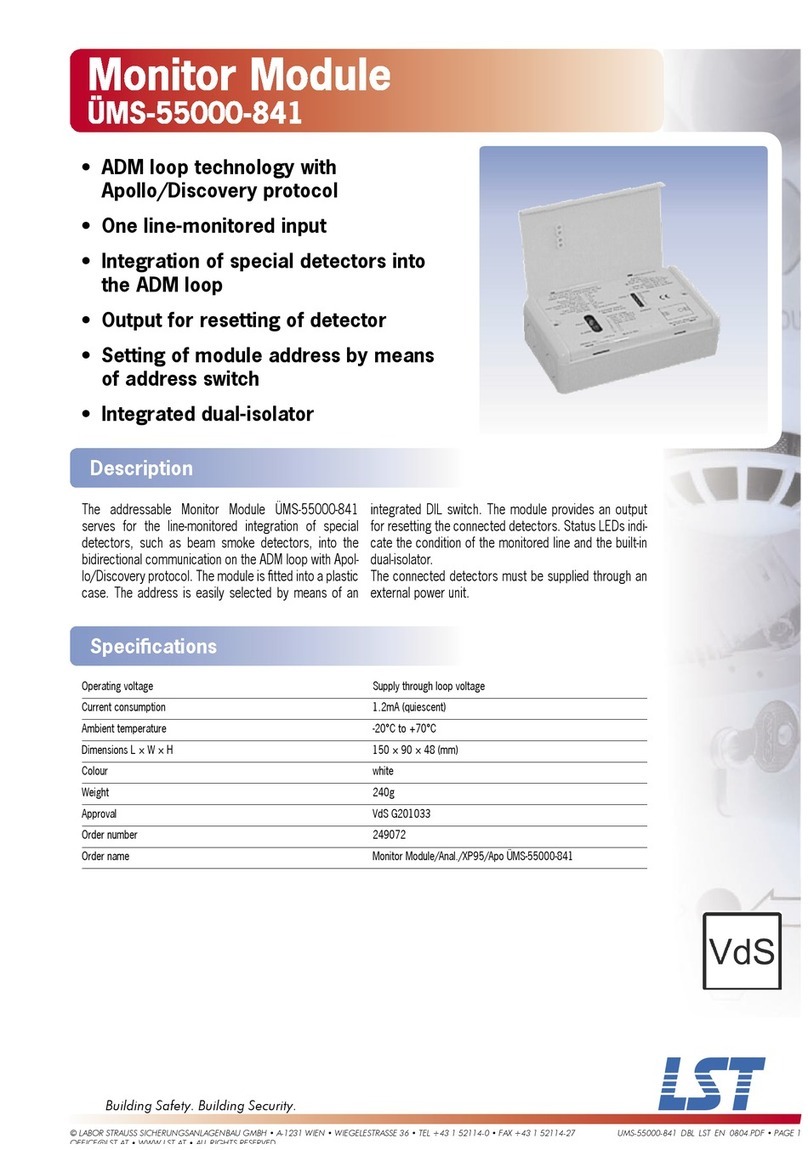INTRODUCTION
The ST-622 multi-criteria high performance
detector is the ultimate alternative to
traditional alarms. Groundbreaking
Thermoptek technology combines the
very latest in optical sensing with thermal
enhancement, providing faster response
to both re types eliminating the need for
ionisation sources which can be harmful
to the environment. In addition, this smoke
alarm allows the low battery warning chirp
to be silenced until it is convenient to
replace the alarm (recommended within no
more than 30 days).
IMPORTANT: This user manual contains
important information regarding the
operation of your smoke alarm. Ensure you
read this user manual fully before installing
and operating the alarm. If you are installing
this smoke alarm for use by others, you
must leave this manual with the end user.
AUTOMATIC
POWER ENGAGE
Your 10 year life smoke alarm is powered
by an internal lithium power pack. To avoid
unnecessary use of the power pack prior
to installation, and to ease disposal when
the alarm reaches the end of its life, the
alarm is supplied with the power pack in a
deactivated state. The power pack on this
alarm is automatically enabled when the
alarm is fully locked on to the base plate.
IMPORTANT: Your alarm will not work until it
is correctly tted to the base plate.
THERMOPTEK
TECHNOLOGY
Thermoptek alarms are “toast-proof”
meaning they can be positioned in area
close to kitchens that may be affected by
cooking fumes. Heat alarms should be used
in kitchens where required.
This combines an optical sensing chamber
with thermal enhancement. The alarm is
effective at detecting slow burning res, and
constant monitoring of temperature changes
enables the sensitivity of the alarm to be
instantly increased thereby quickening the
typical response time to fast aming res
signicantly.
POSITIONING
WARNING: Your smoke alarm can be
installed into a new build property as
additional protection to an existing smoke
detection system only. It cannot be used
as a substitute for a hard wired system as
required in new build properties. In this
type of property the building regulations
require alarms to be interlinked. You can
obtain further information from your local
re service or building control department
at your local council ofces. These sources
generally provide advice on new builds or
projects that require planning permission.
